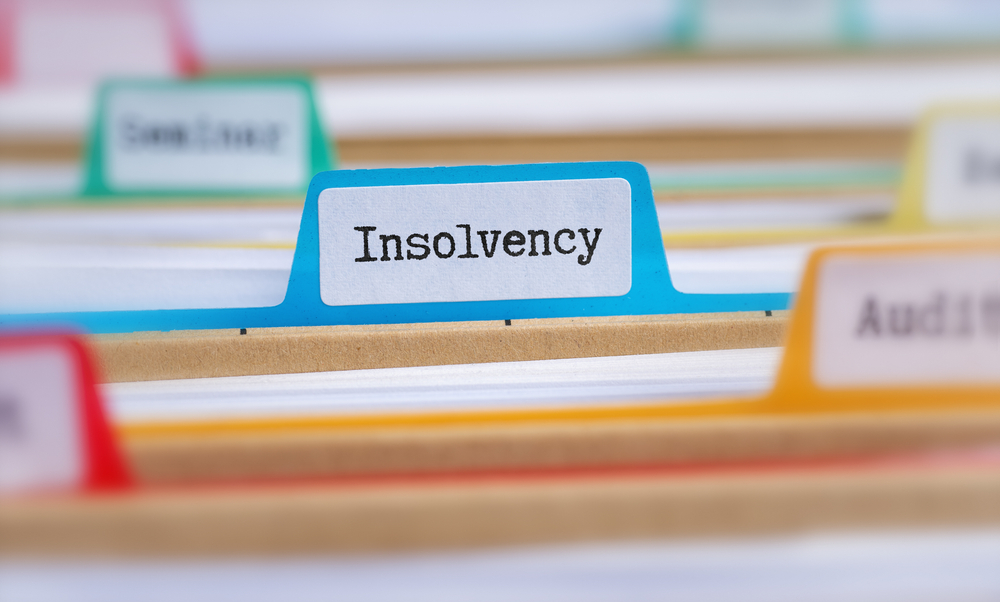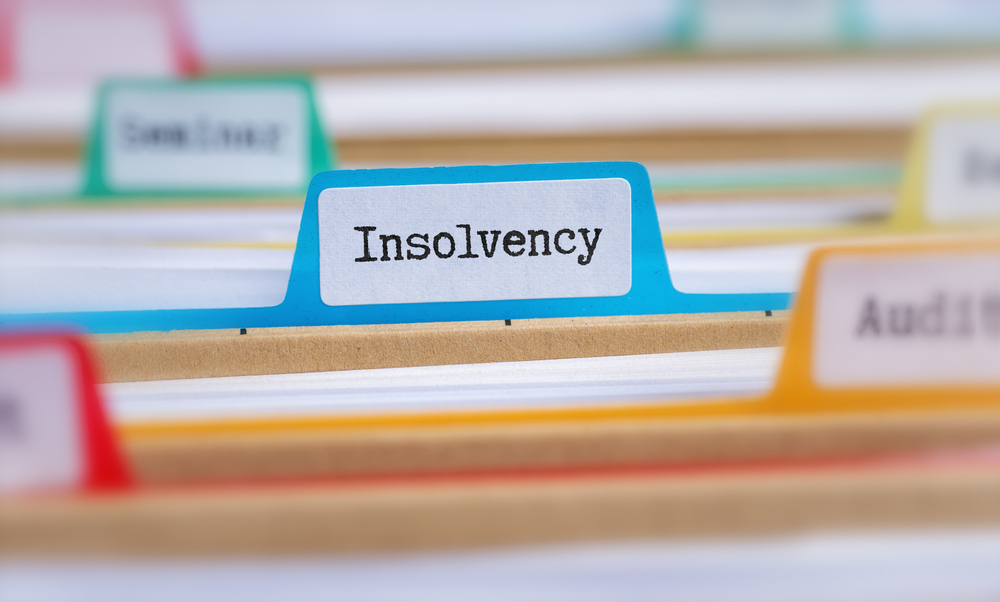
What is an Individual Voluntary Arrangement (IVA)?
Individual Voluntary Arrangements, or IVAs, are a type of debt solution designed for individuals struggling with repayments.
An IVA is a legally binding agreement between the individual and their creditors, where the individual agrees to repay a portion of their debt over a set period, typically five years. It is an alternative to other debt solutions, such as debt management plans and bankruptcy and can provide a fresh start.
The purpose of an IVA is to allow individuals to repay their debts in a manageable way while avoiding the more drastic measures of bankruptcy. IVAs have become increasingly popular in recent years, as they offer a way for individuals to take control of their finances and regain control of their lives.
This article will provide a comprehensive overview of Individual Voluntary Arrangements, including the eligibility criteria, the process, the advantages and disadvantages, and alternatives. By this piece’s end, readers should clearly understand whether an IVA might suit their financial situation.

- What’s the eligibility for an IVA?
- What is the IVA Process?
- Advantages of an Individual Voluntary Arrangement
- Disadvantages of an Individual Voluntary Arrangement
- Can all Debts be Included in an IVA?
- Are There any Alternatives to an IVA?
- What are the Fees Involved with an Individual Voluntary Arrangement?
What’s the eligibility for an IVA?
To be eligible for an IVA, an individual must meet certain criteria. The main requirements include the following:
- Residency: The individual must be an England, Wales, or Northern Ireland resident.
- Debts: The individual must have unsecured debts of at least £5,000 and no more than £50,000.
- Income: The individual must have a regular and predictable source of income and at least £80 spare for monthly repayments. You must also be able to repay at least 5p in every £1 to your creditors over the term of the IVA.
- Creditors: You must have at least two different debts. At least 75% of these creditors, by the value of their debts, must agree to the terms of the IVA.
It is important to note that while these are the general eligibility criteria, each case is unique and will be evaluated individually.
What is the IVA Process?
The IVA process can be broken down into several key steps:
- Assessment: The first step is for the individual to seek advice from an insolvency practitioner (IP). The IP will assess the individual’s financial situation and debts and determine if an IVA is the best solution.
- Proposal: The IP will prepare a proposal that outlines the terms of the agreement, including the amount to be repaid each month, the duration of the IVA, and the treatment of any remaining debt at the end
- Creditor meeting: The IP will meet with the individual’s creditors to present the proposal and seek their agreement. For the IVA to proceed, at least 75% of the creditors, by the value of their debts, must agree to the terms.
- Implementation: If the IVA is approved, the individual will repay monthly. The IP will distribute the payments to the creditors and monitor the individual’s progress throughout the term.
- Completion: If the individual complies with the terms of the IVA, the agreement will come to a successful conclusion, and any remaining debt will be written off.
Advantages of an Individual Voluntary Arrangement
- Once the IVA is in place, you have more control, and you’re protected from any further legal creditor pressure;
- IVAs are based on an agreed period of up to five years, and after the five years are complete, you can begin to move past the situation and focus on the rest of your life;
- IVAs are based on the repayment of a proportionate amount of your debt. Creditors may be more open to accepting a lower percentage than 100%; due to the reduced chances of regaining the debt that is owed to them if you were to declare bankruptcy;
- They’re designed to be affordable, based on your level of income and outgoings in your personal cash flow.
Disadvantages of an Individual Voluntary Arrangement
- For an IVA to be viable, your creditors must agree to it;
- IVA’s affect your credit score and remain on your credit file for six years from when the creditors agree to it. Even if you paid it back immediately, this date is fixed;
- The IVA will also be listed on the Insolvency Services Register;
- You’ll have to keep to a strict monetary budget for the duration. Any bonuses you receive at work, for example, must be declared, and some contributed towards your debt repayments;
- If there is equity in your home, you may have to try and re-mortgage, and this may incur an increased rate of interest.
Can all Debts be Included in an IVA?
Most common debt types can be included, such as credit cards and loans. ‘Secured’ debts (such as mortgages) cannot be included and must be continued separately.
If the debts you are addressing belong to a limited company, you may want to seek advice on a voluntary arrangement, as it could be a more appropriate solution.
Are There any Alternatives to an IVA?
If an IVA isn’t suitable for you, there are three basic alternatives:
- Declaring Bankruptcy;
- A Debt Management Plan;
- A Debt Relief Order (DRO) These are only available to those with a debt of £20,000 or less, and minimal assets or income.
What are the Fees Involved with an Individual Voluntary Arrangement?
IVA fees will depend upon the level and complexity of your debt. On average, they often cost around £4,000+, which the Insolvency Practitioner charges is factored into the overall payment plan, and is spread over a period of months or years.
Do You Need Help and Advice with your IVA?
For help and advice on an Individual Voluntary Arrangement, please contact us on 0800 074 6757.
IVA FAQs
An IVA allows the individual to repay a portion of their debts over a set period, typically five years. The terms of the IVA are agreed upon with the individual’s creditors and are legally binding. The individual will make monthly repayments under the agreement, and the insolvency practitioner (IP) will distribute the payments to the creditors and monitor the individual’s progress throughout the term of the IVA.
To be eligible for an IVA, an individual must be a resident of England, Wales, or Northern Ireland, have unsecured debts of at least £5,000 and no more than £50,000, have a regular source of income and have the agreement of at least 75% of their creditors by the value of debt.








